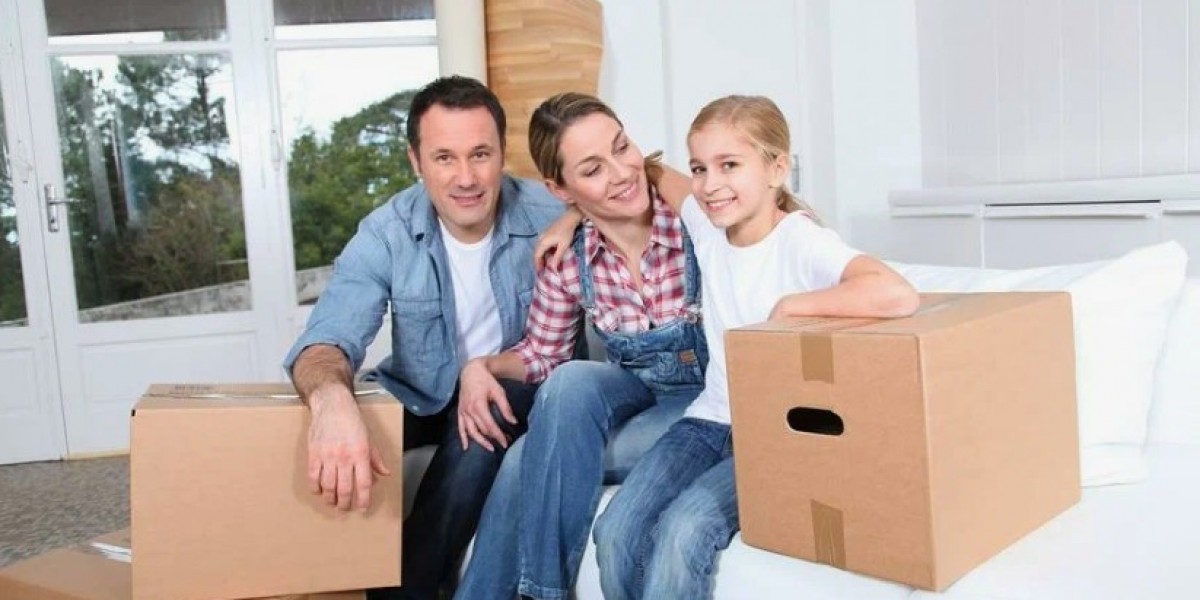Packing Fragile Items for House Removals: Tips and Tricks
Packing for house removals can be a stressful task, especially when it comes to delicate and fragile items. Whether it’s your favourite glassware, valuable antiques, or precious electronics, these items need extra care to ensure they arrive at your new home in one piece. In this blog, we’ll explore some effective tips and tricks to help you pack fragile belongings safely and efficiently during your house removals. The goal is to make sure everything is packed properly so you can avoid damage and minimize stress during the move.
Why Packing Fragile Items Requires Extra Care
Packing fragile items isn’t just about wrapping them in bubble wrap and throwing them into a box. It’s about taking the time to ensure each piece is protected in a way that prevents damage during the move. If fragile items are packed improperly, they’re at risk of breaking, which can lead to both financial and emotional costs.
The Risks of Improper Packing
Improper packing of fragile items during house removals can lead to breakage and significant damage. Even small movements during transport can cause items to get chipped, cracked, or destroyed. This can be heartbreaking, especially if the items have sentimental value or are expensive to replace. If you want to ensure the safety of your fragile belongings, investing time in proper packing is essential.
Understanding Fragile Items
Before diving into the packing process, it’s essential to understand what qualifies as a fragile item. Household items like glassware, ceramics, electronics, antiques, and mirrors all fall into this category and require special care.
Common Fragile Household Items
Common fragile items include:
- Glassware
- Antiques and collectibles
- Artwork and mirrors
- Electronics like TVs and computers
These items need more attention because they are prone to breakage due to their delicate nature or valuable components.
Preparing for Packing Fragile Items
Now that you understand why it’s important to take extra care when packing fragile items, it’s time to gather the right materials and create a plan for the packing process.
Gathering the Right Supplies
Start by collecting essential packing materials such as bubble wrap, packing paper, sturdy boxes, and foam padding. For more delicate items, consider specialized tools such as custom-sized boxes or crates. Using high-quality materials is vital in ensuring your fragile items are protected throughout the house removal process.
Creating a Packing Plan
To ensure efficiency, prioritize the packing of fragile items based on their size and fragility. Plan to allocate enough time for packing delicate belongings carefully. Rushing through the process can result in mistakes, so be patient.
Setting Up a Safe Packing Space
When packing fragile items, ensure you have a clean, flat, and stable surface to work on. Proper lighting is essential so you can see every detail and handle your items carefully. A clutter-free environment will help you stay organized and reduce the risk of accidents.
Step-by-Step Guide to Packing Fragile Items
Let’s break down the packing process into easy-to-follow steps for ensuring that all fragile items are safely packed for your house removals.
General Packing Techniques
Start by wrapping each fragile item individually using bubble wrap or packing paper. This will protect them from any external impact during transport. Fill any empty spaces inside boxes to prevent movement, and always label the box with “Fragile” and specific handling instructions.
Packing Specific Fragile Items
Different fragile items require different packing techniques:
Glassware and Ceramics: Wrap each item individually with packing paper, followed by bubble wrap. To reduce stress points, pack plates vertically, ensuring minimal movement.
Electronics: If you still have the original packaging, use it to ensure the device is properly cushioned. If not, wrap the electronics in bubble wrap and place them in a box with extra padding around them.
Artwork and Mirrors: For artwork, use glassine paper or foam to protect the surface. For mirrors, use corner protectors to reduce the risk of breakage.
Antiques and Collectibles: Handle these items with extra care and consider consulting a professional packing service if the items are of high value.
Pro Tips for Ensuring Safe Transport
Using the right materials and packing methods is essential for a smooth and safe move.
Choosing the Right Moving Boxes
When packing fragile items, always choose sturdy boxes, preferably double-walled, as they provide extra protection. Avoid overpacking, as this can cause boxes to fail during the move.
Using Cushioning Effectively
Place padding at the bottom, sides, and top of boxes to provide a cushion for fragile items. You can use towels, clothing, or foam to pad out the empty spaces and protect your items.
Managing Heavy and Bulky Fragile Items
For larger fragile items like mirrors or antique furniture, consider dismantling them if possible. Use sliders or dollies to safely move these items without causing strain or damage.

Mistakes to Avoid When Packing Fragile Items
To avoid damage during your house removals, here are some mistakes you should avoid:
Using Inferior Packing Materials
Low-quality boxes or cheap tape can easily fail, leaving your fragile items exposed. It’s worth investing in high-quality materials to avoid costly damage.
Ignoring Weight Distribution
Always balance the weight in your boxes by placing heavier items at the bottom. This will prevent the box from tipping over or crushing lighter items.
Rushing Through the Packing Process
Packing delicate items requires time and attention. Rushing increases the risk of mistakes, so start early and work at a steady pace.
Unpacking Fragile Items Safely
When you arrive at your new home, inspect the boxes for any external damage. Document any issues for insurance purposes. Unpack one box at a time, removing protective materials gently without applying force.
Conclusion
Packing fragile items for house removals requires patience, care, and the right materials. By following the tips and tricks shared here, you can ensure your delicate belongings make it to your new home without any damage. If the task feels overwhelming, consider hiring professionals like Home 2 Home Movers to handle the packing and transport of your fragile items. With their expertise, you can rest easy knowing everything will be packed and moved with the utmost care.
Top 5 FAQs for Packing Fragile Items During House Removals
What are the best materials to pack fragile items?
Bubble wrap, packing paper, foam padding, and sturdy boxes are the best materials for packing fragile items.
How should I pack glassware and ceramics?
Wrap each piece individually with packing paper and bubble wrap. Pack plates vertically to reduce stress points.
Should I use the original packaging for electronics?
If possible, use the original packaging for electronics. If not, wrap them in bubble wrap and ensure plenty of padding in the box.
How can I prevent damage to antiques and collectibles?
Handle antiques with extra care and consider using professional packing services if they are of high value.
Is it worth hiring professional movers for fragile items?
Yes, hiring professionals like Home 2 Home Movers can ensure that fragile items are packed and transported with the utmost care, reducing the risk of damage.



